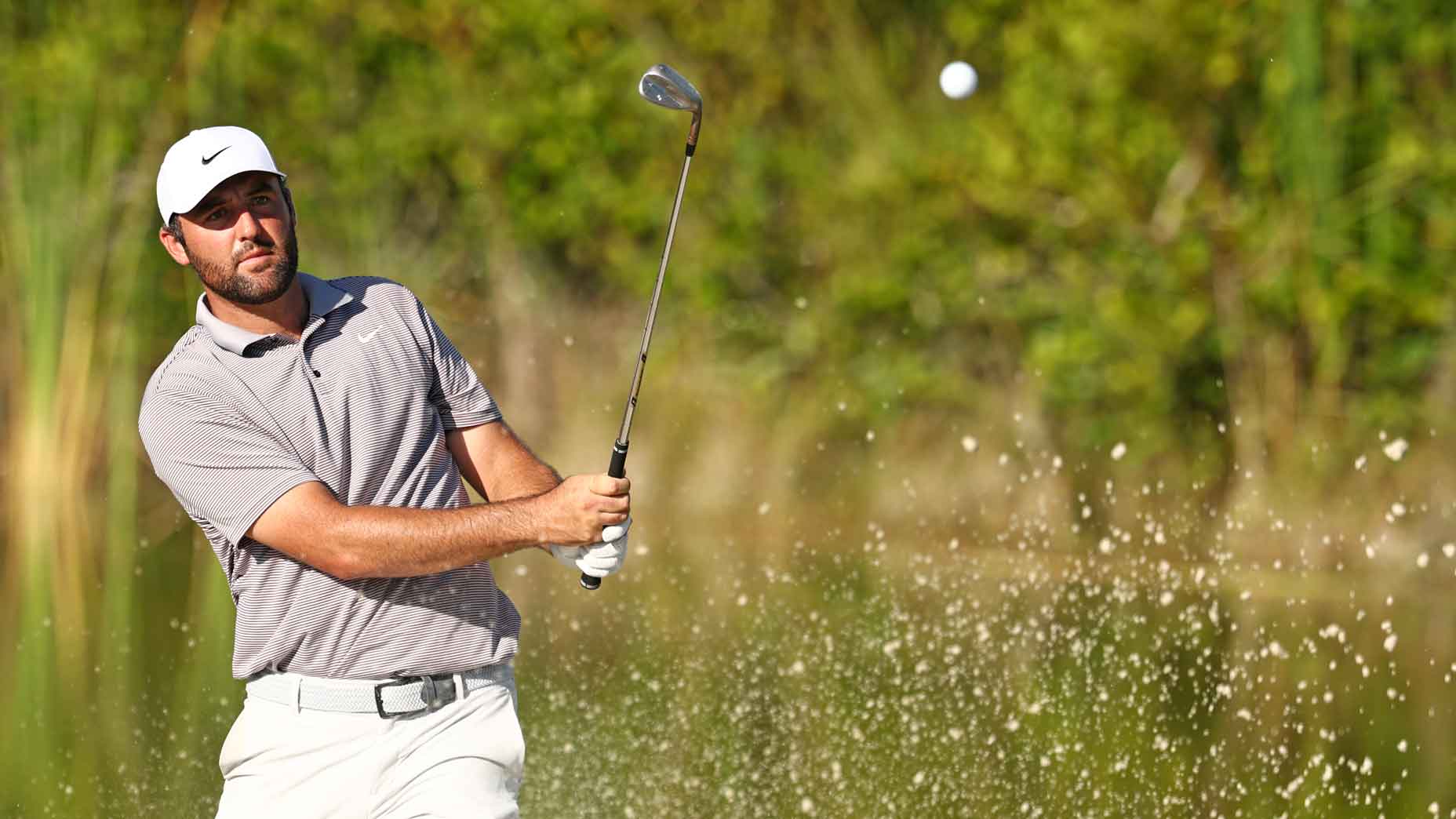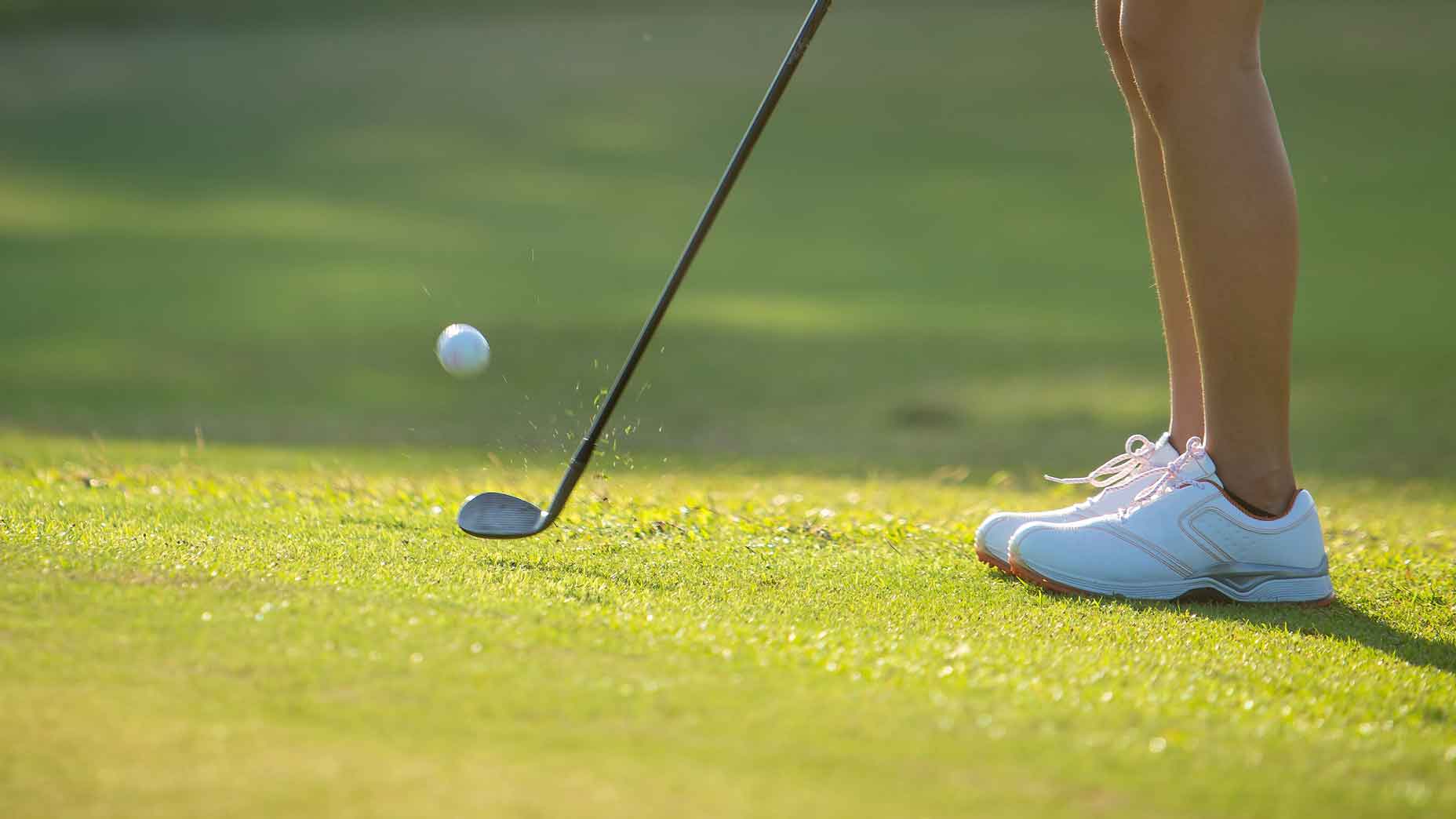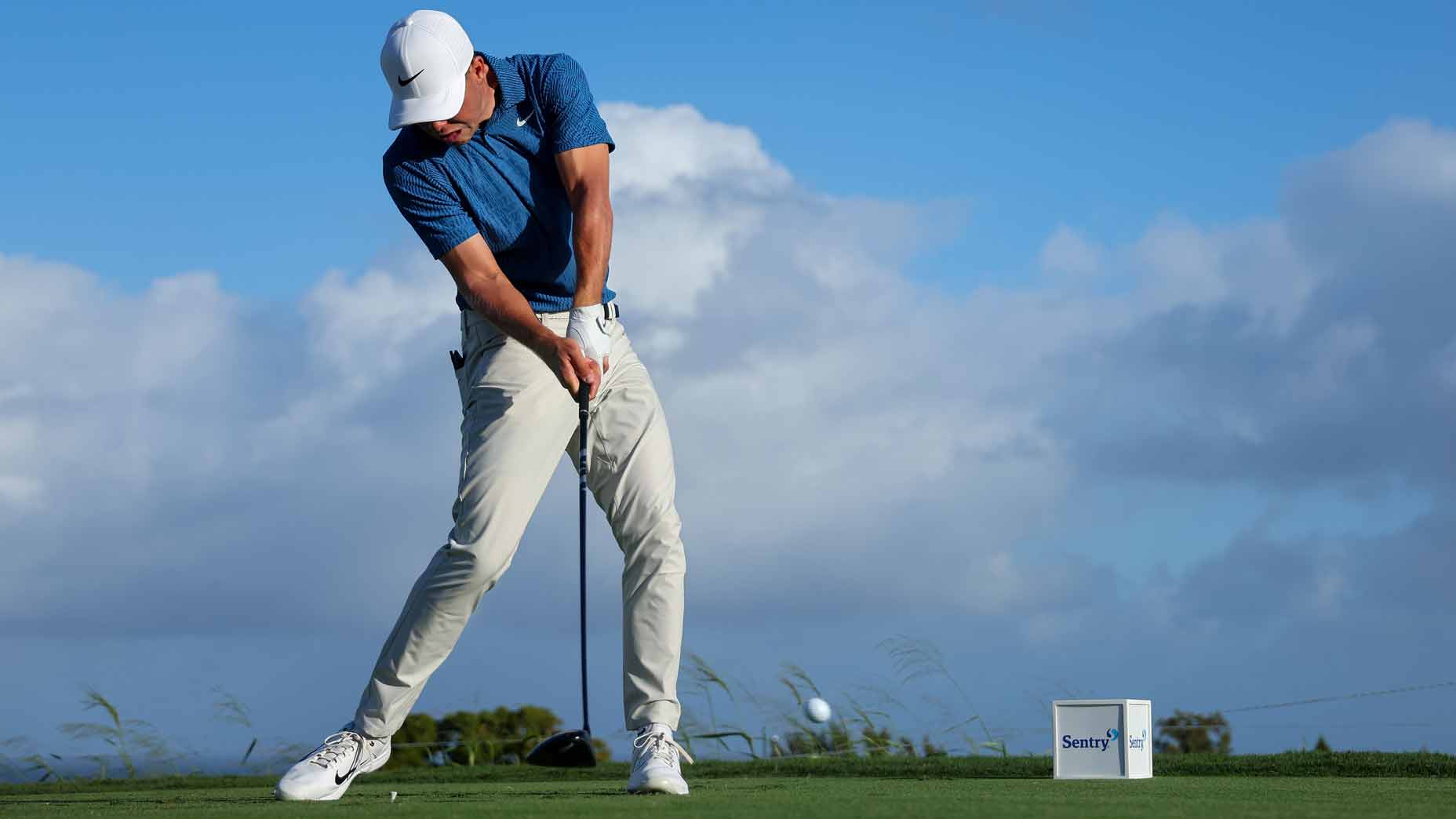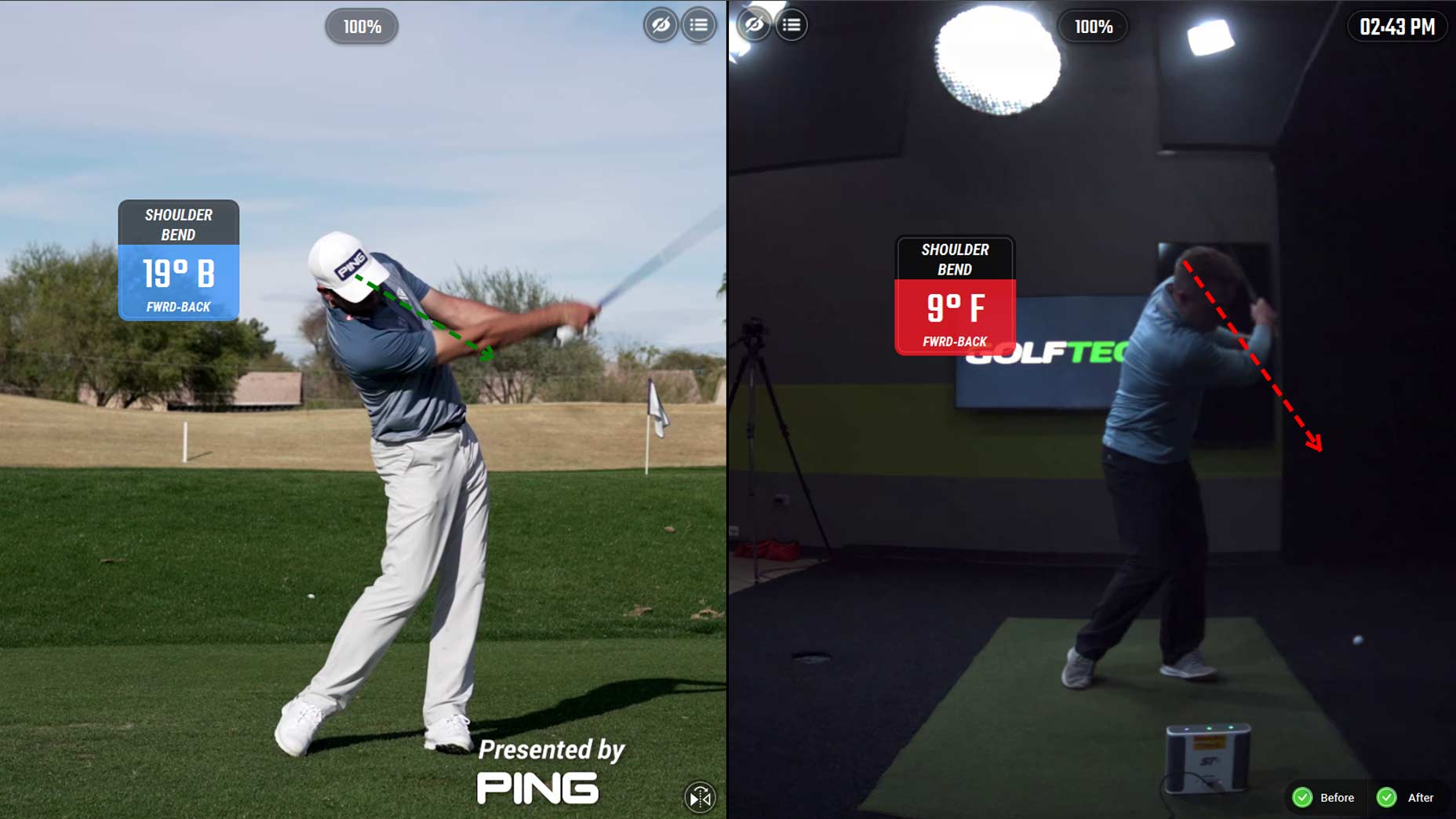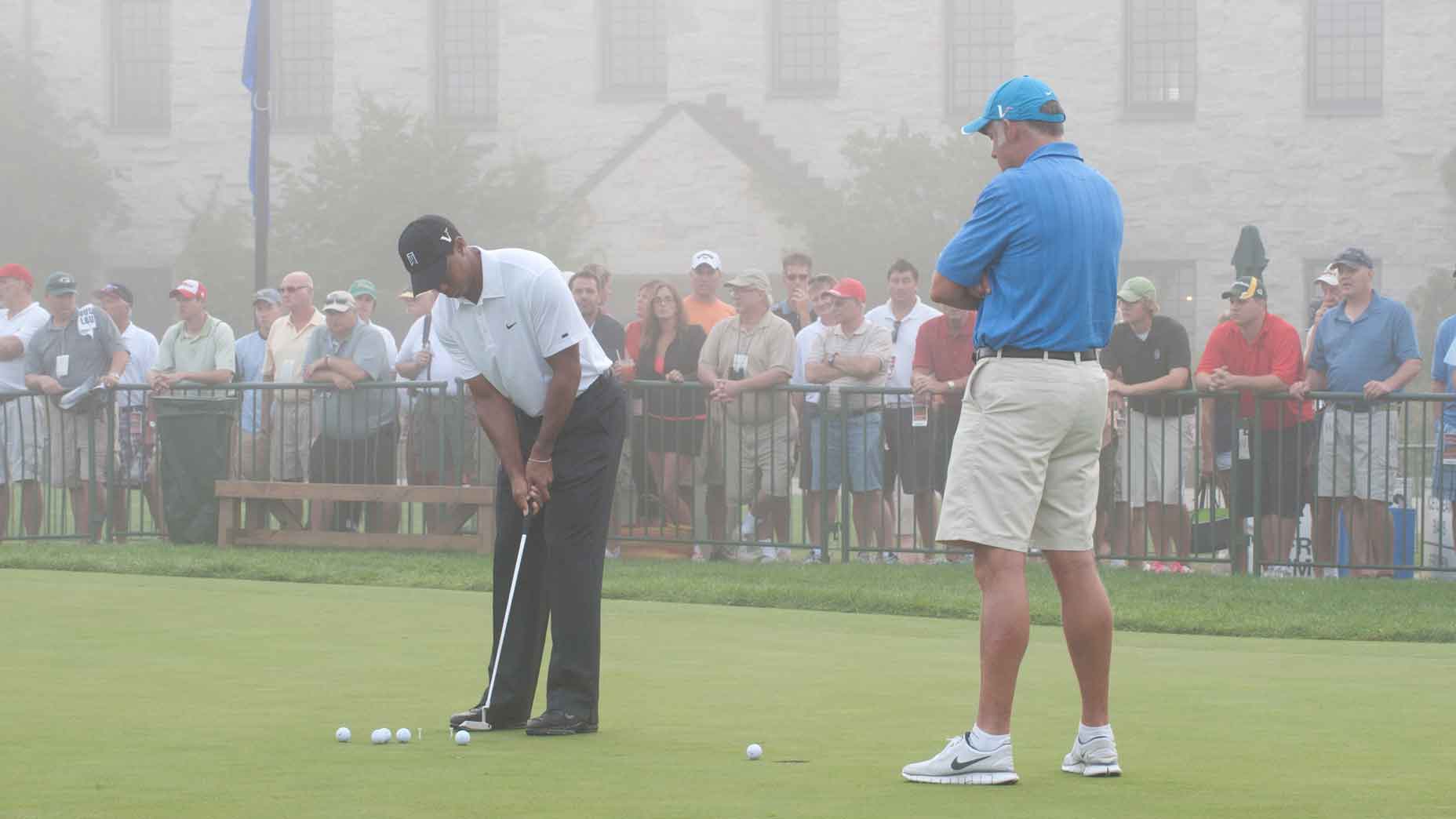Hitting a pop-up is embarrassing — and it’s happened to everyone. Beginners are the most prone to this mis-hit, but even for low-handicappers, a pop-up isn’t outside the realm of possibility.
After playing (and working) in golf for many years, I’ve experienced a fair share of pop-ups myself. And usually, it happens because I tee the ball too high … or so I thought. But after a recent breakthrough during a lesson, I learned what actually causes a pop fly off the tee.
For me, a pop-up always happened when I got a little too aggressive on the tee box and tried to tee the ball up and smash it. This would normally end with me sheepishly watching as the ball rocketed straight into the sky. To fix this, I’ve always teed the ball up quite low and played with a penetrating ball flight.
But then, I had a breakthrough moment.
While I was getting fitted for a driver recently at GOLFTEC, my instructor kept encouraging me to tee the ball up higher to increase my distance. I explained that teeing the ball higher was a struggle for me and that I didn’t want to pop the ball up, when he told me the real reason I was popping it up.
“Pop-ups only happen when you have a negative angle of attack,” he said. “Just try hitting up on it more.”
It seemed counterintuitive. Why would I want to hit up more on the ball when I was already hitting it too high? The answer was simple. Because I was getting too steep (the root of many problems when it comes to the golf swing). With a steep angle of attack, the crown of the driver was what was making contact with the ball, and this made the ball pop straight into the air, not just because I was swinging underneath the ball. I needed to get shallower as the clubhead approached the ball in order to make the low point closer to the ball.
But how can you do that? The fix is rather simple, and it all starts in the setup.
When setting up to the ball, move the ball a touch forward in your stance. Then, you want to tilt your spine slightly away from the target into what’s called a “reverse K” position. After that, it’s as easy as making your normal swing and hitting up on the ball.
Check out an example of the fix below from instructor Nathalie Filler.


